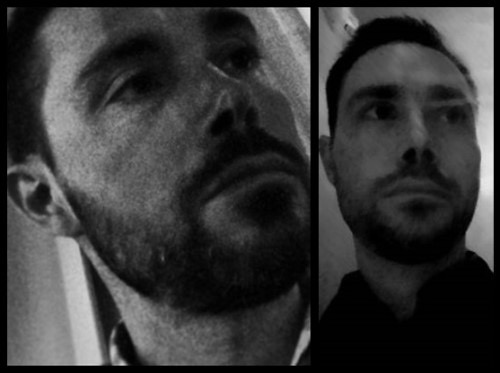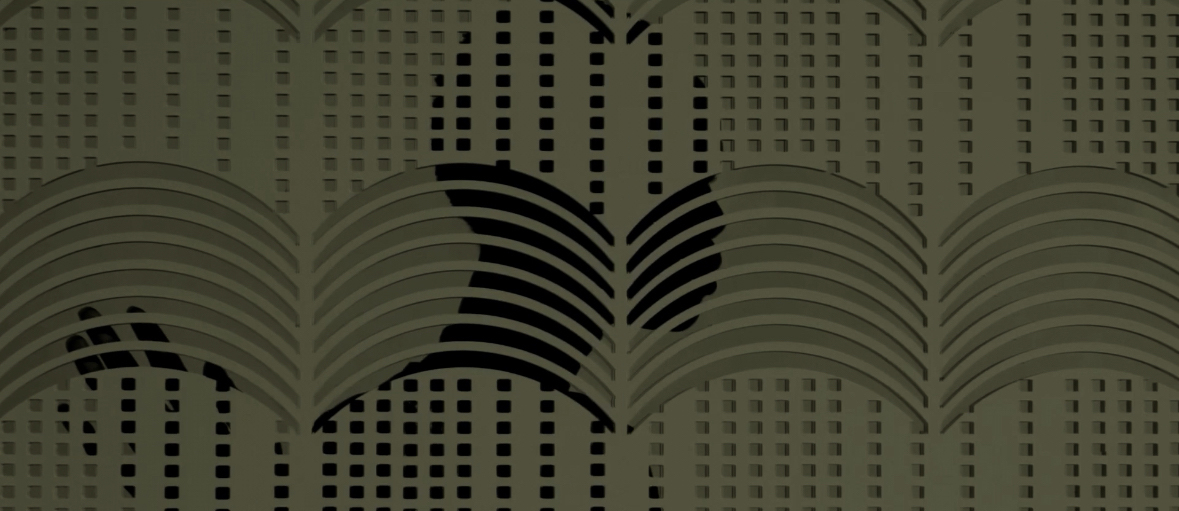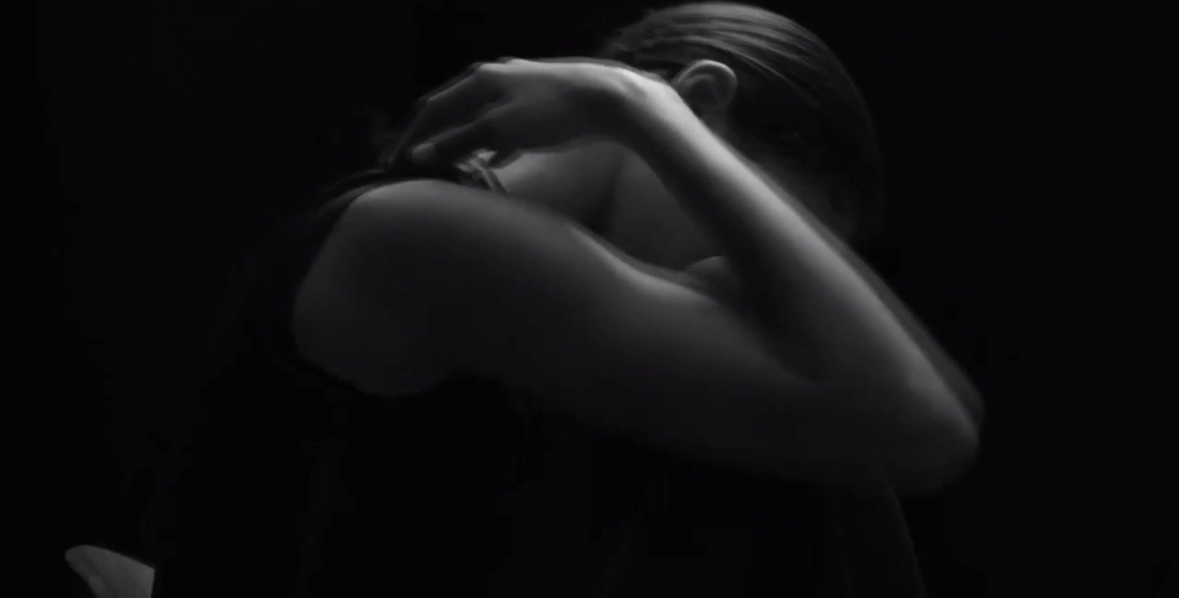

Dacamera put out the exceptional drum and bass album "Don't Call It Jazz, It's Social Music" on Pinecone Moonshine in mid-2023. Natural sounding drum kits and jazz and blues motifs combine cohesively and authentically. And has become instantly recognizable as a new sound in dnb and drumfunk.
Click play and read along as we get to know more about Dacamera:
Appearing somewhat mysteriously in 2021 with a series of self releases, Dacamera's influence can already be heard in other producers. Now with a recent 12" on Gunns Road Music and an upcoming LP on AGN7 Audio, we ask Houstonian Andrei Gregory aka Dacamera about their music production.
Dacamera: Ah yes, this has become a point of contention with some. I pronounce it "da-camera."
Dacamera: I think the new album shows more maturity in terms of song structure. I also leaned into a more soulful jazz sound, which I feel is a bit of a homage to the sound that Andrew Hill championed in the late 60’s. Furthermore, I’m a big fan of the composer Cristobal Tapia de Veer, particularly his score for The White Lotus TV series. I was heavily influenced by that score when I wanted to add some mysterious and exotic soundscapes to the project.
The structure of the album, though, will still be similar to “Don’t Call It Jazz, It’s Social Music”, in that I feel the album is a cohesive set of songs that take you on a journey from beginning to end (with a few interspersed jazz interludes to allow for some breathing room).
Nic: Nice, let's jump into jazz for a minute. (For those who might not know, Andrew Hill is one of the pivotal jazz pianists from bop, developing complex compositions. Early sessions included some of the great drummers like Roy Haynes, Joe Chambers, and Elvin Jones.)
I'm actually not too familiar with the Hill records that came out later in the 60s. And I should go back and revisit them. I'm more familiar with the first handful of releases Hill had on Blue Note. For example "Wailing Wall" was one of the pieces that started bringing me into jazz more. It opens with a discordant, slow bowed bass; Haynes has a 4/4 kick rhythm with hectic cymbals; Hill isn't playing too many chords. It's really out there for the time.
What about Hill got your attention? Any specific album recommendations?
Dacamera: Regarding Andrew Hill and his releases in the late 60's, I am specifically referring to his "Lift Every Voice" album released in 1969. The concept and sound of "Lift Every Voice" is a unique mix of jazz and vocal ensemble. The music has a storytelling and romantic quality to it, which caught my attention. As you stated, Andrew Hill’s releases tend to be out there for the time, so this record may have been overlooked by "traditional" Blue Note listeners. Nevertheless, I would recommend this concept album as well as the “Grass Roots” album, which I believe was released in 1968.
Finally, I should note that Bob Macc (who mastered “The Subtle Art” album) definitely knows his jazz and immediately keyed into Hill’s influence on the project, and used it as a reference point in the mastering sessions.
Nic: Yes, that starts to build the picture in my mind how the inspiration connects with the album. Archie Shepp's "A Prayer" from a few years later is in this style too.
Nic: You create many of your own promotional videos. The imagery is often of elegance, sometimes even romantic. This is a departure from the themes in our scene of underground parties, or science fiction, etc. It's like looking back with nostalgia decades before drum and bass, often the soundtrack of the future, would be created. How conscious was this decision to present your music with these themes?
Dacamera: Yes, I'm very conscious of the imagery I present with my music, and I view it as being integral to conveying my holistic music concept. The videos are a medium to give insight into the "scenes and themes" I have in my mind when I am creating a specific piece of music. And my cinematic approach to the visuals corresponds with your description of looking back with nostalgia, since I’m naturally influenced by the art and culture that I have personally identified with through the years.

Dacamera: I don’t think it was a conscious decision to switch to working with labels. I’ve been lucky enough to connect with other label owners through social media (Kev [Asterizm Records], Ant [Wicked Jungle Records], Frankie [Gunns Road Music], and Aaren [AGN7 Audio]) that liked and identified with my self-released music, which then led to unique projects for each label.
My approach to releasing music, though, remains the same. I wouldn’t rule out self-releases if I have material that resonates with me but hasn’t found a home with a specific label.
Dacamera: I really don’t have a process. I am very reactive in terms of my production approach, so it’s mainly me starting with a basic breakbeat and then it’s an add-and-subtract process. I like to leave myself open to just ride the “creative wave” and see where it takes me. At the end of the day, the flow of the drums just has to feel right to me.
Nic: How about in relation to the other instruments? How much planning goes into the arrangement ahead of a project vs reacting as you write?
Dacamera: My approach to general instrument arrangement is the same as my approach to drums, that is, reactively build as I progress through a project. I generally have sampled sounds (phrases, ambient atmospheres and fx, etc.) in my library that I have bookmarked as having potential, and those serve as the starting point. As I mentioned in my prior response, I like to ride the “creative wave”. I find there is a magical nature to being open to such a process, and song structures that I could never pre-plan often result.
Nic: Yes your song structures (esp on tracks like "Don't Call It Jazz, It's Social Music"), the progressions seem to be always moving forward with some soft momentum. In other words the transitions can be subtle (relative to building "drops") but you feel the waves and dips of tension. And it doesn't follow the drum and bass pattern which often repeats the first half as the second half.
Since you build reactively, do you start with a single phrase and start progressing linearly adding more phrases. Or do you lay out several minutes and iteratively add and subtract ideas?
Dacamera: For song structure, I try to keep the track moving forward in distinctive directions, so I try not to repeat too many passages. I do tend to follow the approach of laying out several minutes and then iteratively add and subtract ideas. I am always aiming for ebbs and flows in emotions and trying to tell a musical story in each track.
Nic: Your sequenced drums sound natural and can have rather complex patterns and variations. Can you walk me through your process in creating drum patterns from single hits?
Dacamera: I really don’t build my drums up from single hits. I have a very big drumbreak/breakbeat library that I have accumulated over the years, so I typically start with a basic breakbeat and then start layering, chopping, and alternating other breaks that I find complementary. In my final stage of drum editing, I’ll overlay single hits or accentuating percussion to polish everything up.
Nic: What software are you using for this?
Dacamera: I use Ableton and some plugins (i.e. iZotope, Valhalla DSP).
Nic: Do you play instruments or performed in a group before?
Dacamera: I occasionally played drums for fun in high school and college, but never stuck with it. I’ve never performed in a group.
Nic: When did you start producing? And what were your early works like?
Dacamera: I dabbled in music production for years, but I got serious right around the time of the COVID lockdowns in 2020.
My early works were basically drum & bass with more emphasis on cinematic and ambient atmospherics. I would describe them more as mood pieces with less emphasis on a lot of song progression.

Dacamera: I like to blend genres of music that complement each other, so you’ll see that my recent projects span drumfunk, jungle, and jazz/downtempo. I would say, though, that drumfunk anchors my projects, in the sense that they are very beat-driven (usually operating around 170 bpm) and focus on organic/natural sounding drum breaks.
Nic: Do you listen to jazz much? What are you listening to outside of drum and bass?
Dacamera: Yes, I’m a huge jazzhead and music enthusiast in general.
Jazz is my usual go-to music in my headphones at work, so I'm typically listening to jazz on a daily basis. And my musical taste encompasses a wide range of artists [from Miles Davis to Ike Quebec to Terence Blanchard to Mulatu Astatke (and the list goes on and on...)]. From a more contemporary perspective, I've been recently listening to Yussef Dayes' debut album "Black Classical Music" as well as the entire Szun Waves music catalog. I also keep going back to the music catalog of The Cinematic Orchestra, as they’ve been very influential to my sound.
Nic: Some more names I'll need to research. I also do most of my listening in headphones at work.
Do you get the chance to see many live performances?
Dacamera: I don't get the chance to see as many live performances these days. We used to have an intimate live jazz spot (Cezanne’s) right down the street from us, and we would frequent that spot quite often. At this point, it’s mainly one-off concerts/festivals that I’ll attend (i.e. Jazz Fest in New Orleans, Austin City Limits, and the Jazz Festival in Sugar Land, TX).
Dacamera: I have a track coming out on an upcoming V/A release (RIGA 004) on the Rigatoni label out of Denton, TX.

Release date 2022.
More PCMS releases by: Dacamera.
PCMS, Pinecone Moonshine (C) 2024.